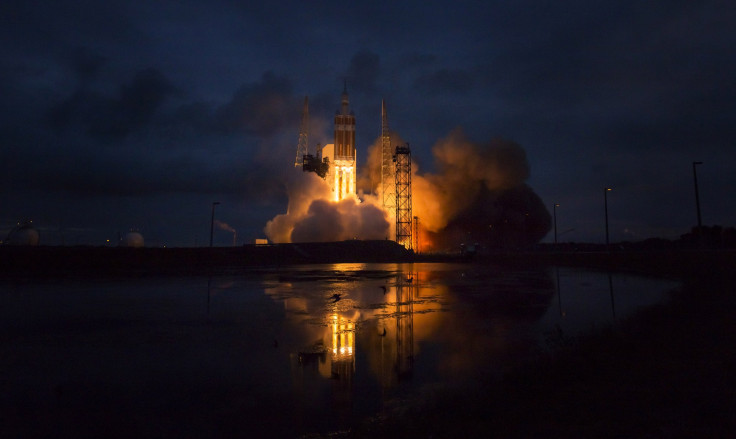Delta IV Launch: 2 Military Space Surveillance Satellites Put In Orbit

The United Launch Alliance’s (ULA) Delta IV rocket successfully launched two military space surveillance satellites into orbit early Friday. The rocket came to life at 12:52 a.m. EDT lifting off from the Cape Canaveral Air Force Station in Florida.
The two satellites are part of the military’s Geosynchronous Space Situational Awareness Program (GSSAP). The satellites will monitor objects in the geosynchronous orbit keeping an eye out for any object that might threaten the American satellites in the belt. A total of four such satellites, including the two that took off Friday, have been launched so far.
Beautiful capture of @ulalaunch #DeltaIV carrying #AFSPC6 by our photographer @johnkrausphotos 🚀 pic.twitter.com/encuo0xboo
— AmericaSpace (@AmericaSpace) August 19, 2016
“The first two GSSAP satellites have performed remarkably well,” Lt. Gen. Samuel Greaves, Space and Missile Systems commander and Air Force program executive officer for space, reportedly said.
“These next two satellites will add to that capability and enable us to understand more completely things [that occur] in the geosynchronous orbit to a very high quality,” Greaves added. “It’s a key piece in the puzzle for space situational awareness.”
The satellites, built by Orbital ATK, take about 24 hours to complete one orbit. ULA ended its live coverage of the AFSPC-6 mission about five minutes after the rocket took off “at our customer’s request.” The placing of the satellites in orbit occurred in secrecy.
Keep sharing those pics! A few of our liftoff shots #DeltaIV #AFSPC6 pic.twitter.com/rx7qqnsRVk
— ULA (@ulalaunch) August 19, 2016
“Data from GSSAP will uniquely contribute to timely and accurate orbital predictions, enhancing our knowledge of the geosynchronous orbit environment, and further enabling spaceflight safety to include satellite collision avoidance,” the ULA said in a statement describing the mission.
© Copyright IBTimes 2025. All rights reserved.






















